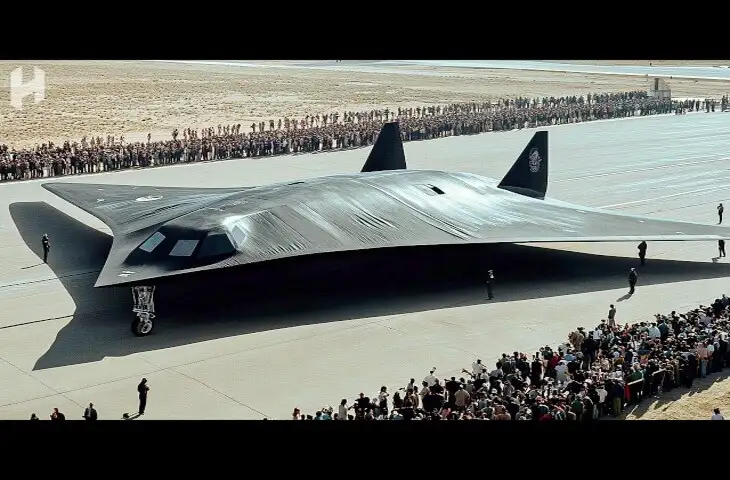BEIJING – As global tensions rise, major powers are accelerating efforts to develop advanced weaponry. While the U.S. and Russia have focused on nuclear deterrence, China appears to be pursuing a disruptive technology: a new “super jet” or drone designed to neutralize the enemy before it even realizes a war has started.
The focus is on a technology that Chinese scientists claim will render military aircraft virtually undetectable, allowing them to deliver a lethal blow from extreme distances and at high speeds.
The “Aero-Amphibious Invisibility Cloak”
Scientists at Zhejiang University in China claim to have developed an “aero-amphibious invisibility cloak.” In simpler terms, this is a sophisticated stealth shield designed to be applied to aircraft, making them effectively invisible to radar systems.
The core idea is to equip drone fleets with this technology, signaling China’s preparedness for a future of silent warfare, where destruction is visible but the weapon delivering it is not.
Bridging the Stealth Gap: China’s Claim
For decades, countries worldwide have worked on stealth technology. Platforms like the U.S. F-22, F-35, and B-2 Spirit have been engineered to significantly reduce their radar signature, often making them appear only as large as a flying bird on radar screens.

However, existing stealth technology is not perfect; it can often be detected by the right radar frequency. Claiming complete disappearance from the sky is generally considered an exaggeration.
China, however, claims to have bridged this gap. Experts from Zhejiang University reportedly suggest they have achieved something unprecedented in invisibility technology. A report by Popular Mechanics suggests that if this claim is accurate, this single weapon could change the direction and rules of modern warfare.
Focus on Drones and Future Warfare
The research team developed this cloaking technology specifically for high-altitude drones. They are currently investigating whether this technique can effectively hide larger drones across different operational environments: air, water, and land.
Crucially, this technology has not yet been applied to any current Chinese fighter jets. The decision to focus its application on drones highlights a strategic shift toward unmanned aerial systems (UAS) as the spearhead of future military conflicts. The implication is that in a potential conflict, China’s silent drone army could overwhelm an adversary’s defenses before any traditional fighter jets are even scrambled.





